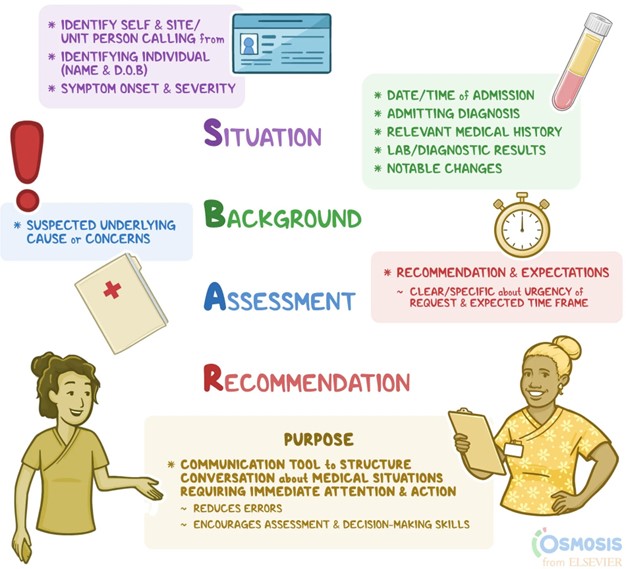Six weeks after the birth of a child with Trisomy 21, the parents return to the prenatal clinic for a follow-up visit. They have spoken with a genetic counselor, but are still unsure about the risk of having another child with Trisomy 21. The couple brings literature from the counselor with them, and asks the nurse to explain it. Which action should the nurse take?
Review the literature and answer any questions the nurse is able to answer.
Determine their reasoning for seeking genetic counseling at this time.
Tell the couple that it is best to call the counselor with their questions.
Recommend a community support group for parents of children with Trisomy 21.
The Correct Answer is A
A) Correct- As a nurse, it's important to provide accurate and helpful information to patients and families. In this situation, the parents have brought literature from a genetic counselor and are seeking clarification. The nurse should review the literature to the best of their ability and answer any questions they can. This approach demonstrates support, a willingness to help, and a commitment to providing accurate information.
B) Incorrect- While understanding the parents' reasons for seeking genetic counseling is important, it shouldn't be the first response when they have already brought literature and are seeking clarification. Addressing their questions and concerns is the immediate priority.
C) Incorrect- While it's true that the couple could contact the genetic counselor for further information, as a healthcare professional, the nurse should still offer assistance by reviewing the literature and answering questions to the best of their ability.
D) Incorrect- While support groups can be beneficial for parents of children with Trisomy 21, the immediate concern is addressing the parents' questions about the literature they've brought. Providing accurate information should be the primary focus at this time.
Nursing Test Bank
Naxlex Comprehensive Predictor Exams
Related Questions
Correct Answer is C
Explanation
Delusions and loss of control can be distressing for the client and potentially disruptive to the unit environment. Moving the client to a quiet place helps create a calm and less stimulating environment, which can help reduce agitation and promote a sense of safety and security.
Using firmness and directing the client to sit for a while may escalate the situation and increase the client's distress. It is important to approach the client with empathy and provide a supportive environment rather than exerting control through firmness.
Suggesting the client take a walk or encouraging the client to use a punching bag may not be appropriate if the client is already displaying signs of agitation and losing control. These interventions may not address the underlying causes of the delusions and could potentially worsen the situation.
Correct Answer is D
Explanation
Situation: Increasing confusion of the client.
The nurse should start by providing the current situation, which is the client's increasing confusion. This is crucial information as it indicates a change in the client's condition and may require immediate attention.
Background: Fall at home as reason for admission.
Next, the nurse should provide the background information, which includes the reason for admission, in this case, the fall at home. This helps the healthcare provider understand the context and potential contributing factors to the client's current condition. Assessment: Currently prescribed medications.
After providing the background, the nurse should discuss the assessment findings. In this case, it would be appropriate to mention the client's currently prescribed medications. This information can help the healthcare provider assess for any medication-related issues or interactions that could be contributing to the client's confusion.
Recommendation: Client's healthcare power of attorney.
Lastly, the nurse should provide the recommendation, which in this case is the client's healthcare power of attorney. This information is important as it identifies the designated decision-maker for the client's healthcare decisions and can assist the healthcare provider in involving the appropriate person in the care planning process.

Whether you are a student looking to ace your exams or a practicing nurse seeking to enhance your expertise , our nursing education contents will empower you with the confidence and competence to make a difference in the lives of patients and become a respected leader in the healthcare field.
Visit Naxlex, invest in your future and unlock endless possibilities with our unparalleled nursing education contents today
Report Wrong Answer on the Current Question
Do you disagree with the answer? If yes, what is your expected answer? Explain.
Kindly be descriptive with the issue you are facing.
